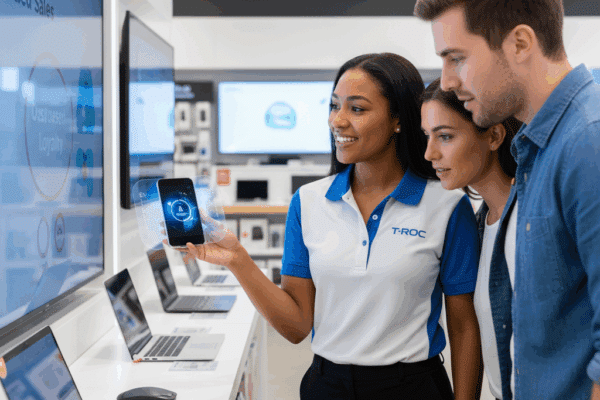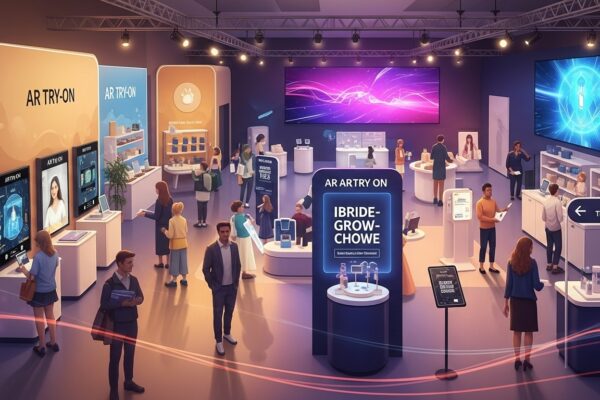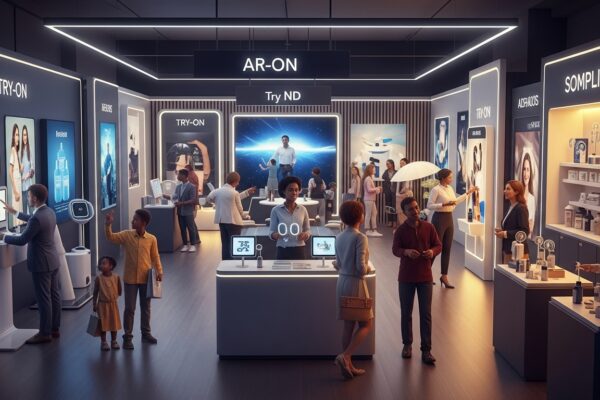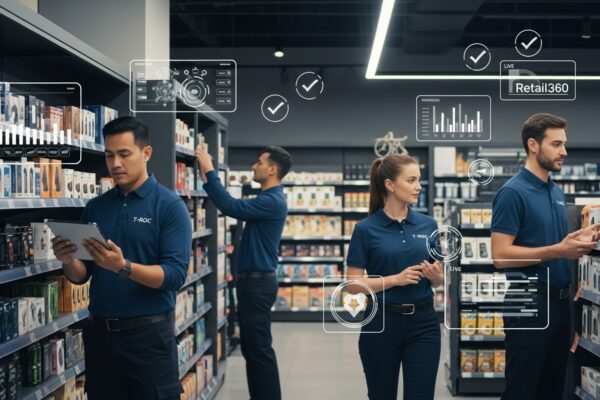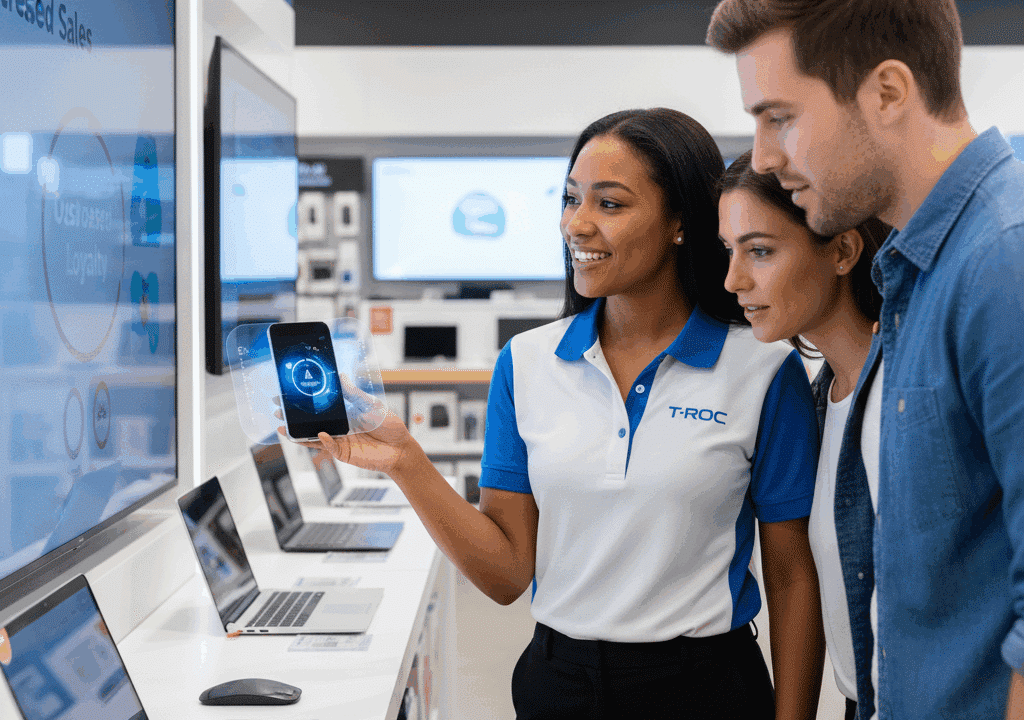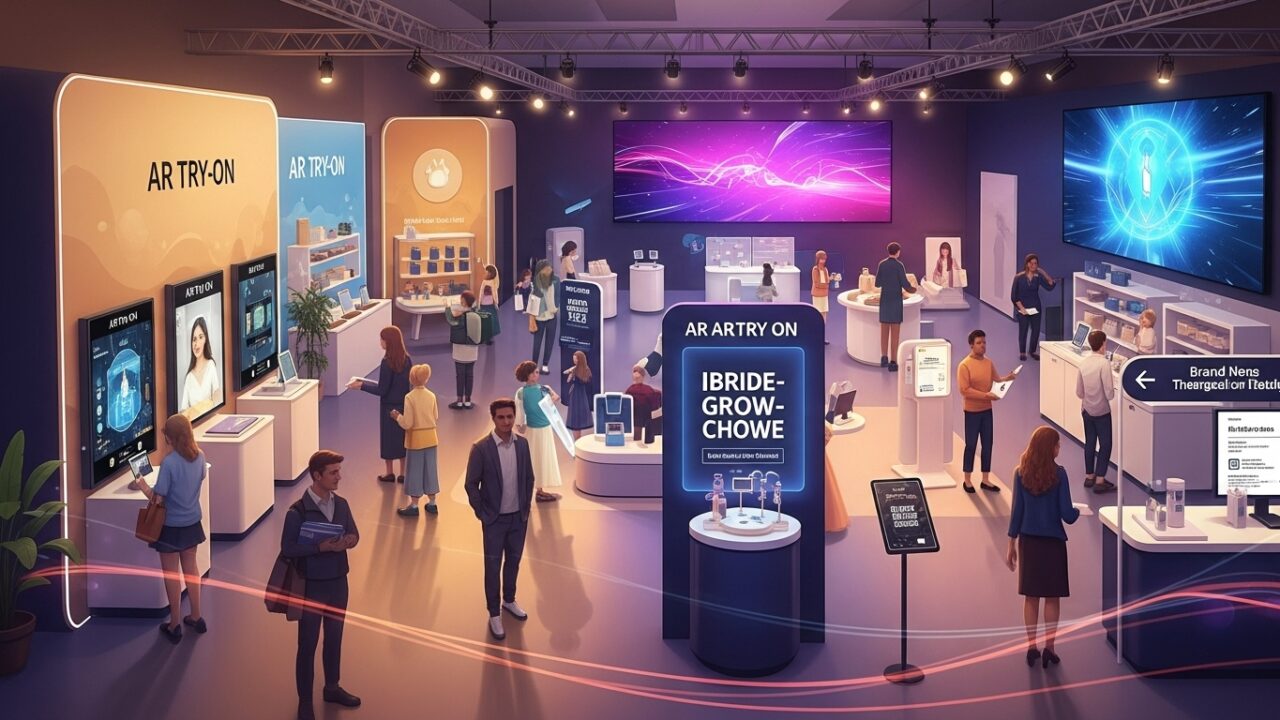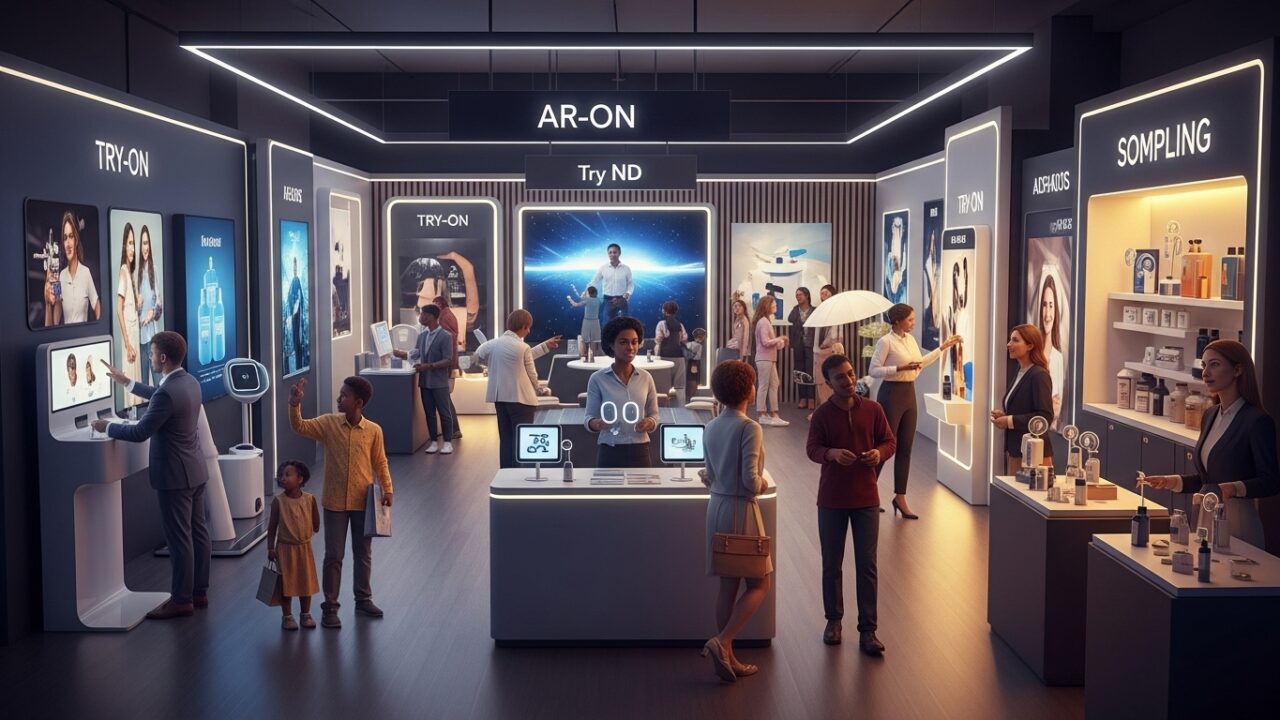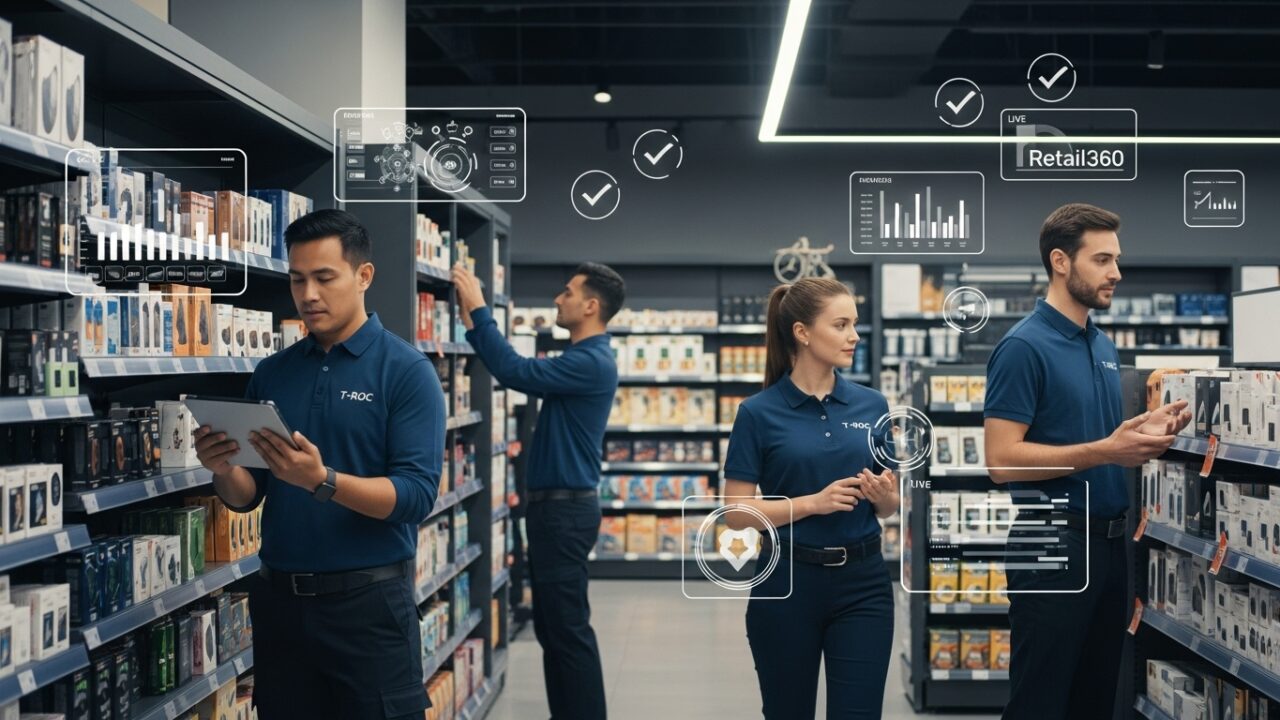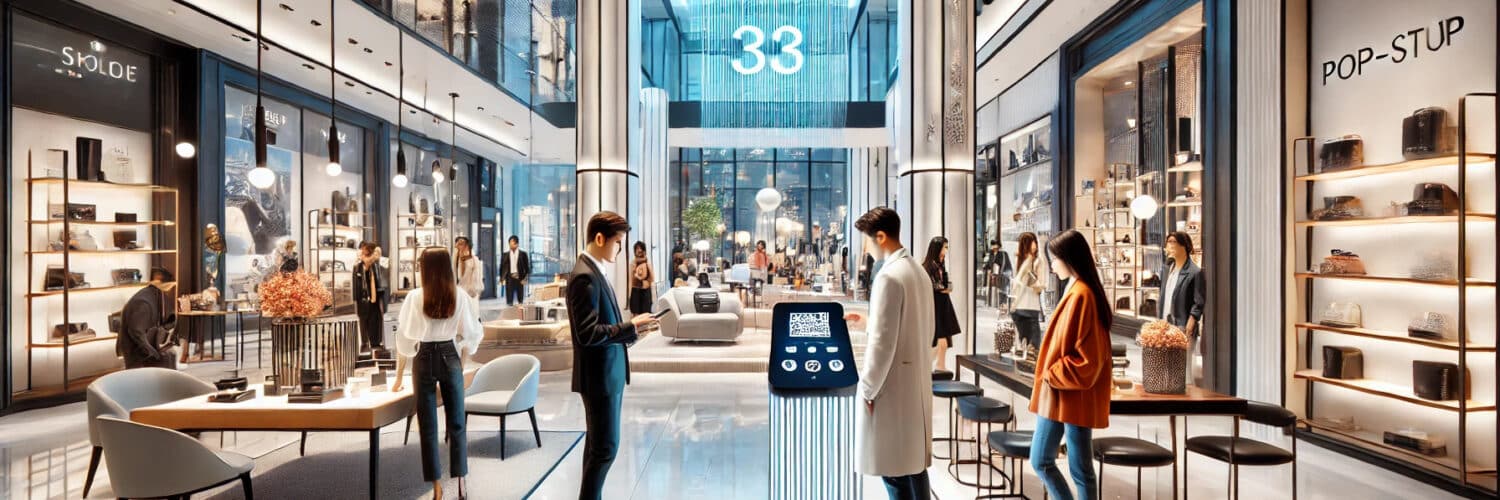
The Pop-Up Shop Playbook: Steps to a Successful Launch
Pop-up shops have become a game-changer in retail, offering brands a unique opportunity to create buzz, test new markets, and engage with customers in a fresh, experiential way. Whether you’re a direct-to-consumer brand looking to expand into physical retail, a well-established company testing a new concept, or a small business aiming to increase visibility, a well-planned pop-up can drive significant impact. But pulling off a successful pop-up retail event isn’t just about setting up a temporary storefront—it requires strategy, creativity, and flawless execution.
A pop-up shop provides a limited-time, immersive shopping experience, making customers feel like they are part of something exclusive. This sense of urgency often leads to increased foot traffic, social media buzz, and—most importantly—sales. But to truly capitalize on the benefits, brands must have a clear plan in place. Without the right approach, pop-ups can become costly experiments that fail to generate the expected return on investment.
This pop-up shop guide will walk you through the key steps to a successful launch, ensuring that your temporary retail event leaves a lasting impression.
Define Your Goals and Concept
Before scouting locations or designing your space, clarify your objectives. What do you want to achieve with this pop-up? Some brands use pop-ups to boost brand awareness, others to generate sales, and some to test a new product or market before committing to a permanent location. Your goals will dictate everything from your location to your marketing approach.
Once you define your objectives, focus on the concept. A successful pop-up isn’t just a store—it’s an experience. Consumers visit pop-ups because they offer something different from a traditional retail store. Whether it’s a themed event, interactive product demos, exclusive merchandise, or a VIP shopping experience, make sure your concept is engaging and aligns with your brand identity.
Choose the Right Location
The location of your pop-up can make or break your event. The right spot depends on your target audience, brand positioning, and goals. A high-foot-traffic area such as a shopping district, popular mall, or trendy neighborhood can bring in casual shoppers, while a more curated space—such as an exclusive gallery or warehouse—can enhance a luxury or experiential feel.
If you want to capitalize on built-in traffic, consider partnering with existing retailers or choosing locations near complementary businesses. Many brands also rent space within larger stores to get exposure without the full responsibility of managing a standalone location.
Additionally, think about event-based locations. Hosting a pop-up during a music festival, holiday market, or trade show can attract a specific audience and maximize your visibility.
Design a High-Impact Store Layout
A pop-up shop is not just about selling—it’s about creating an experience that immerses customers in your brand. Your store layout should be visually compelling, easy to navigate, and Instagram-worthy to encourage social sharing.
Consider these pop-up retail tips when designing your space:
- Keep it on-brand: Your signage, displays, and decor should align with your brand aesthetic.
- Create focal points: Whether it’s a product display, a photo wall, or an interactive station, design elements that draw people in.
- Optimize the flow: Ensure there’s a logical path that leads visitors through the store, from discovery to purchase.
- Incorporate technology: QR codes, interactive screens, and AR experiences can enhance engagement.
Remember, the customer journey starts before they even step inside. Your storefront should grab attention from the outside and entice people to come in.
Plan a Marketing and Promotion Strategy
A pop-up is only effective if people know about it. The key to driving traffic is a strong marketing plan that builds anticipation before launch and keeps momentum going throughout the event.
Before the Launch:
- Create a countdown campaign on social media to build excitement.
- Send press releases to local media and retail influencers.
- Collaborate with influencers to create pre-launch buzz.
- Use targeted ads to reach the right audience in your area.
- Email existing customers with exclusive invitations.
During the Event:
- Encourage social sharing with a branded hashtag and photo-friendly displays.
- Offer special promotions for in-store visitors, such as giveaways or limited-edition products.
- Host live events like product demos, influencer meet-and-greets, or workshops.
- Engage with customers in real time through social media updates and live streams.
After the Event:
- Collect customer emails for future engagement.
- Follow up with exclusive offers to retain new customers.
- Analyze performance metrics to measure success and learn for future pop-ups.
Deliver a Seamless Customer Experience
Consumers visit pop-ups expecting something special—so make sure the experience is smooth, engaging, and memorable. Train your staff to be welcoming, knowledgeable, and enthusiastic about your brand. A great pop-up is more than just a retail transaction; it’s a brand experience that should leave a lasting impression.
Additionally, ensure that checkout is fast and convenient. Many pop-up shops use mobile payment systems to enable quick transactions. Accepting multiple payment methods—including digital wallets, contactless payments, and even buy-now-pay-later options—can reduce friction and increase sales.
Measure Success and Gather Insights
Once your pop-up has wrapped up, analyze its impact to understand what worked and what can be improved for the future. Some key performance indicators (KPIs) to track include:
- Foot traffic: How many people visited?
- Sales data: Which products performed best?
- Engagement levels: How many social shares, sign-ups, or interactions took place?
- Customer feedback: What did visitors enjoy, and what suggestions did they have?
Gathering insights from your event will help refine your pop-up retail strategy and improve future activations.
The Future of Pop-Up Retail
Pop-up shops are no longer just a trend—they are becoming a core part of retail marketing strategies. They allow brands to test new ideas, create meaningful consumer connections, and generate excitement in ways that traditional retail cannot.
As technology continues to evolve, we’ll see even more interactive, tech-driven pop-ups, incorporating elements like augmented reality, live-stream shopping, and AI-powered personalization. Retailers that embrace creative, experience-driven pop-up strategies will stand out and stay ahead in a constantly changing industry.
Final Thoughts
Launching a successful pop-up shop requires a well-planned strategy, a creative concept, and an engaging customer experience. By carefully selecting your location, designing an eye-catching space, promoting your event effectively, and prioritizing customer interactions, you can turn a temporary retail space into a high-impact brand experience.
Pop-ups are not just about selling products—they’re about creating lasting impressions that keep customers engaged long after the event is over. Whether you’re introducing a new brand, testing a product, or simply looking to make a splash, a well-executed pop-up shop can be one of the most powerful tools in modern retail.

